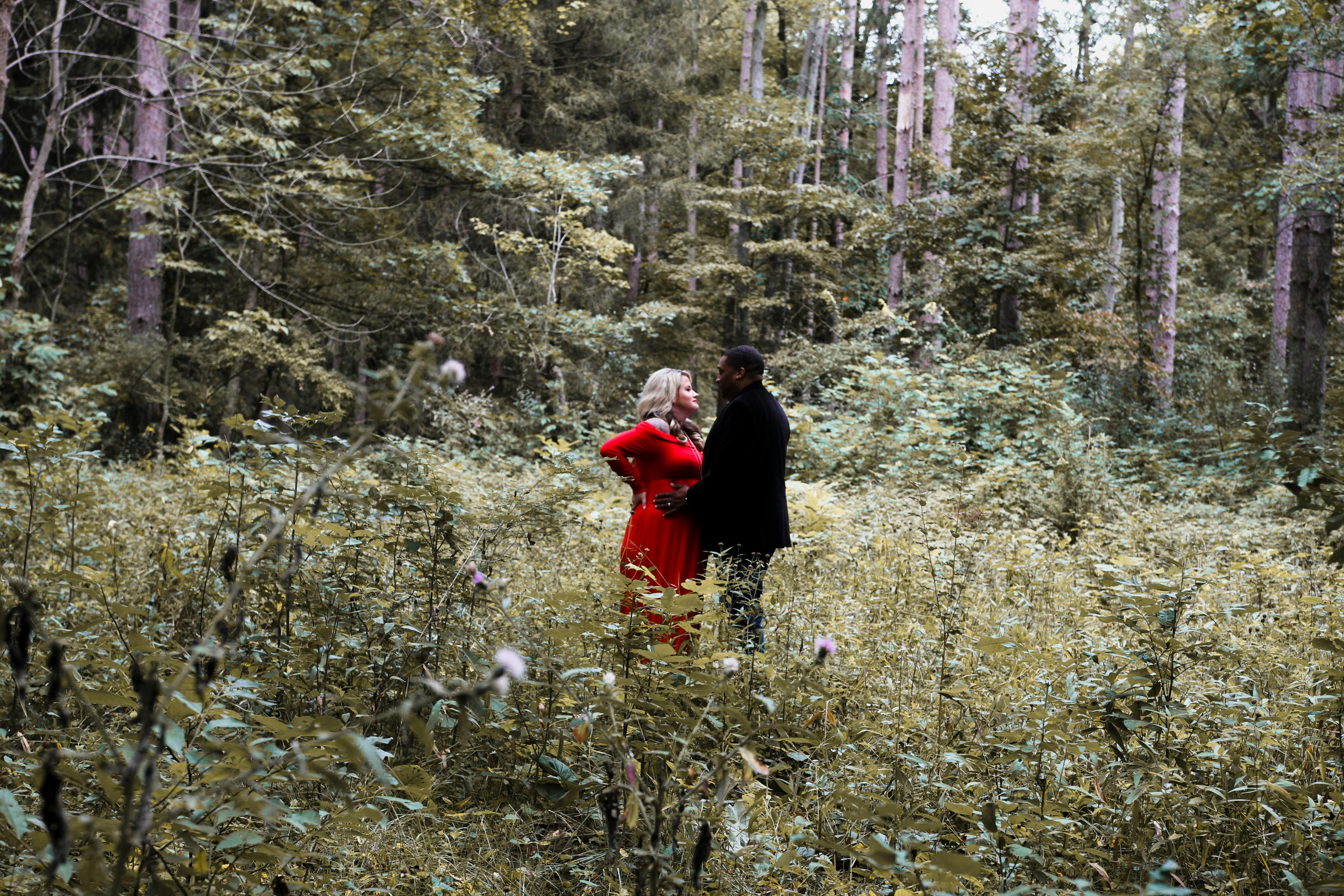
Pyramids and cones in math lessons
Math teachers typically have a box of wooden or plastic shapes hidden in the bottom of their cupboard of goodies that they take out when teaching the theories of cones and pyramids, but they are mostly complete, to the sharp end. There is a lot of math in the shape of a cone or pyramid, of course, but in everyday life its use is limited. You will find ice cream cones and cone-shaped hanging baskets, but complete ones must be held in hand, fastened with ropes or cables, or placed on their bases, all of which restrict their use (unless you want to) to acquire thousands of cones. of road works).
The same goes for the pyramids. Again, we are limited to hanging baskets and the like and unless you want to bury a pharaoh they don’t have much use standing on their bases.
Enter the truncated cone and pyramid. In simple terms, a truncated cone or pyramid is a complete one without the top. If the cut is made parallel to the base, the shape is simply called ‘truncated’. (If the cut is not parallel to the base, it is called ‘truncated oblique’, but these shapes have even fewer uses in the construction of physical objects than full shapes.)
But we’re in a completely different ballgame now, as truncated cones and pyramids are admirably stackable and we see them everywhere. Have your kids take care of them at garden centers, tableware stores, DIY stores, etc. A beautiful example is the type of drinking cups that are sold with a small Easter egg. They are normally well crafted in the shape of a truncated cone with a simple handle added.
I recently saw a metal trash can (the kind used to burn papers, yard waste, etc.) at my local garden center. The main component was an upturned truncated cone with legs. The lid was a short but wide truncated cone with two handles, one on each side to make room for the fireplace that was … you guessed it!
Tipless cones are also used for lampshades, flower pots, fruit bowls, pigeons, rocket motor nozzles, and fez hats, to name just a few.
Truncated pyramids are found on concrete light poles (a first glance may lead you to think they are prisms, but they typically reduce in cross-sectional area as height increases), concrete blocks in roadworks, garbage cans of offices, lampshades, wheelbarrows and a multitude of objects that consist of several joined as birdbaths and fountains.
Finding the volume of a cone or pyramid is a great math exercise and requires a calculator or a good knowledge of multiplication tables. If we imagine a prism that surrounds the cone or the pyramid and the same height, the volume is always one third of the volume of the prism, which gives us the formula V = Area of the base x Height ÷ 3.
It is possible to find the volume of a truncated cone or pyramid using a more complex formula, but at the GCSE level it is better to find the volume of the entire shape and then subtract the volume of the part that has been removed.